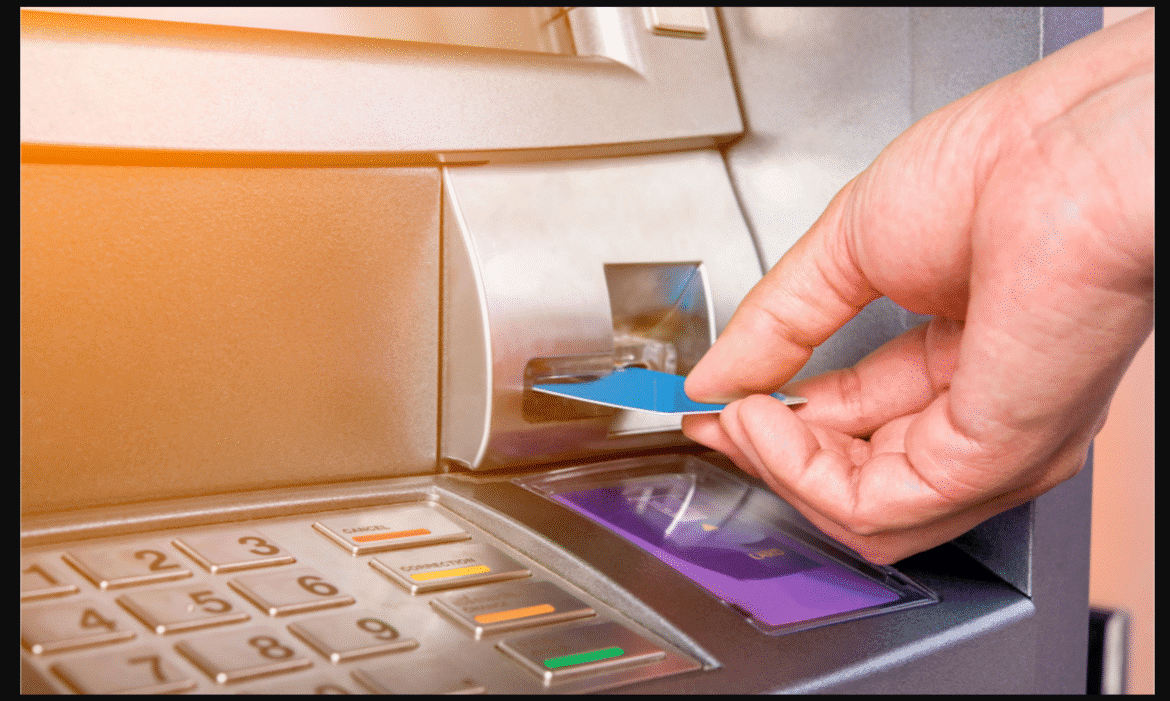How to Open a Personal Bank Account in the UK (Without Losing Your Mind)
If you’ve recently moved to the UK, or you’re just ready to ditch that old account from your student days, you’re probably wondering how to open a personal bank account.
And while “banking” doesn’t exactly scream fun, the process in the UK is actually pretty straightforward… once you know what to expect.
Whether you’re a local setting up your first account, an expat, or an international student trying to get started, this guide will walk you through it; step by step, minus the jargon.
Why You Need a Personal Bank Account in the UK
Let’s get the obvious out of the way:
-
To get paid by an employer
-
To pay rent, bills, or subscriptions
-
To avoid currency conversion fees (if you’re new to the UK)
-
To build credit or manage your money better
And of course, it just feels good to have your finances set up properly – adulting win.
What You’ll Need to Open a Bank Account
Here’s the basic checklist:
✅ 1. Proof of Identity
Usually a passport, UK driving licence, or national ID card (if you’re from the EU/EEA).
✅ 2. Proof of UK Address
This can be trickier if you’ve just moved, but accepted documents include:
-
Utility bill (gas, electric, water – dated within the last 3 months)
-
Tenancy agreement
-
Council tax bill
-
Bank or credit card statement
-
Letter from your employer, school or university (sometimes accepted)
Just arrived and don’t have bills yet? Some banks will accept a tenancy agreement or official letter from your university or job.
Our Advice? Open a Monzo or a Revolut account first, then you can use the bank statement from any of these digital banks to open a proper UK Bank account.
Step-by-Step: How to Open a UK Bank Account
1. Choose the Right Bank for You
You’ve got plenty of options – each with their own vibe:
🏦 Traditional Banks:
-
Barclays
-
Lloyds
-
NatWest
-
HSBC
-
Santander
Good for face-to-face service, especially if you like visiting a branch.
📱 Digital Banks:
-
Monzo
-
Starling Bank
-
Revolut
-
Chase UK
Super fast to open, app-based, with smart features like instant spending notifications, savings pots, and budgeting tools.
Quick tip: If you’re in a hurry, digital banks like Monzo or Starling can have you up and running within minutes, right from your phone.
2. Apply Online or In-Branch
Most banks now let you apply online or via their app. Some still prefer you to book an appointment and visit in person (especially for high-street banks).
You’ll typically:
-
Fill out a form with your details
-
Upload or scan your ID and proof of address
-
Take a quick selfie (for online verification)
-
Wait for approval – often same day for digital banks
3. Wait for Your Card and PIN
Once approved, your debit card will be posted to you within a few days. You’ll usually receive your PIN separately (or set it up in the app).
Some digital banks (like Monzo and Starling) let you use a virtual card right away through Apple Pay or Google Pay – no waiting around.
What If You Don’t Have Proof of Address?
This is a common hurdle for newcomers, but don’t worry — you still have options:
-
Monese, Monzo and Revolut are digital banks that let you open an account with just ID (no proof of address needed).
-
Some traditional banks may accept a letter from your school or employer.
-
Ask your letting agent for a signed tenancy confirmation letter (this can work in many cases).
Student or International? Here’s What to Know
If you’re a student, check out student accounts from banks like:
-
Santander (often comes with perks like a free railcard)
-
NatWest
-
HSBC
You’ll usually need a letter from your university confirming your enrollment and UK address.
If you’re an international visitor or expat, consider starting with a digital bank, then switching or upgrading once you have more documents.
Final Thoughts: Keep It Simple and Stress-Free
Opening a personal bank account in the UK doesn’t need to be stressful – even if you’re new to the country.
Digital banks have made it faster than ever, and traditional banks are still a solid option if you prefer the old-school approach.
✅ Quick Recap:
-
Pick a bank (digital or high-street)
-
Get your ID and proof of address ready
-
Apply online or in-branch
-
Wait for approval and card delivery
-
Start banking like a boss
Still not sure which bank is best for your situation? Drop a message or leave a comment – We’ve helped dozens of newcomers and students get set up quickly and hassle-free.



